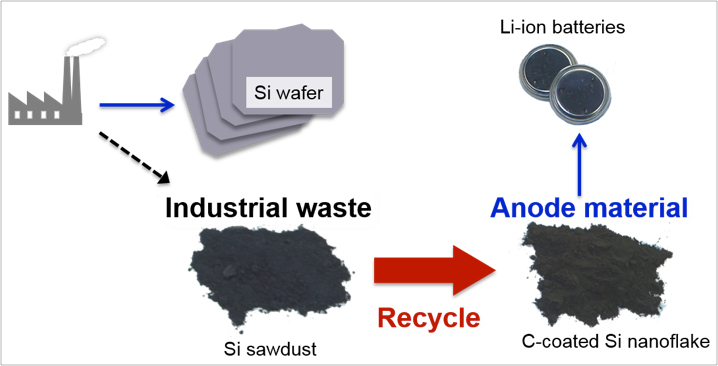
This is a lithium battery temperature sensor. Credit: WMG, University of Warwick
Researchers at WMG at the University of Warwick have developed a new direct, precise test of Lithium-ion batteries’ internal temperatures and their electrodes potentials and found that the batteries can be safely charged up to five times faster than the current recommended charging limits.
The new technology works in-situ during a battery’s normal operation without impeding its performance and it has been tested on standard commercially available batteries...
Read More








Recent Comments